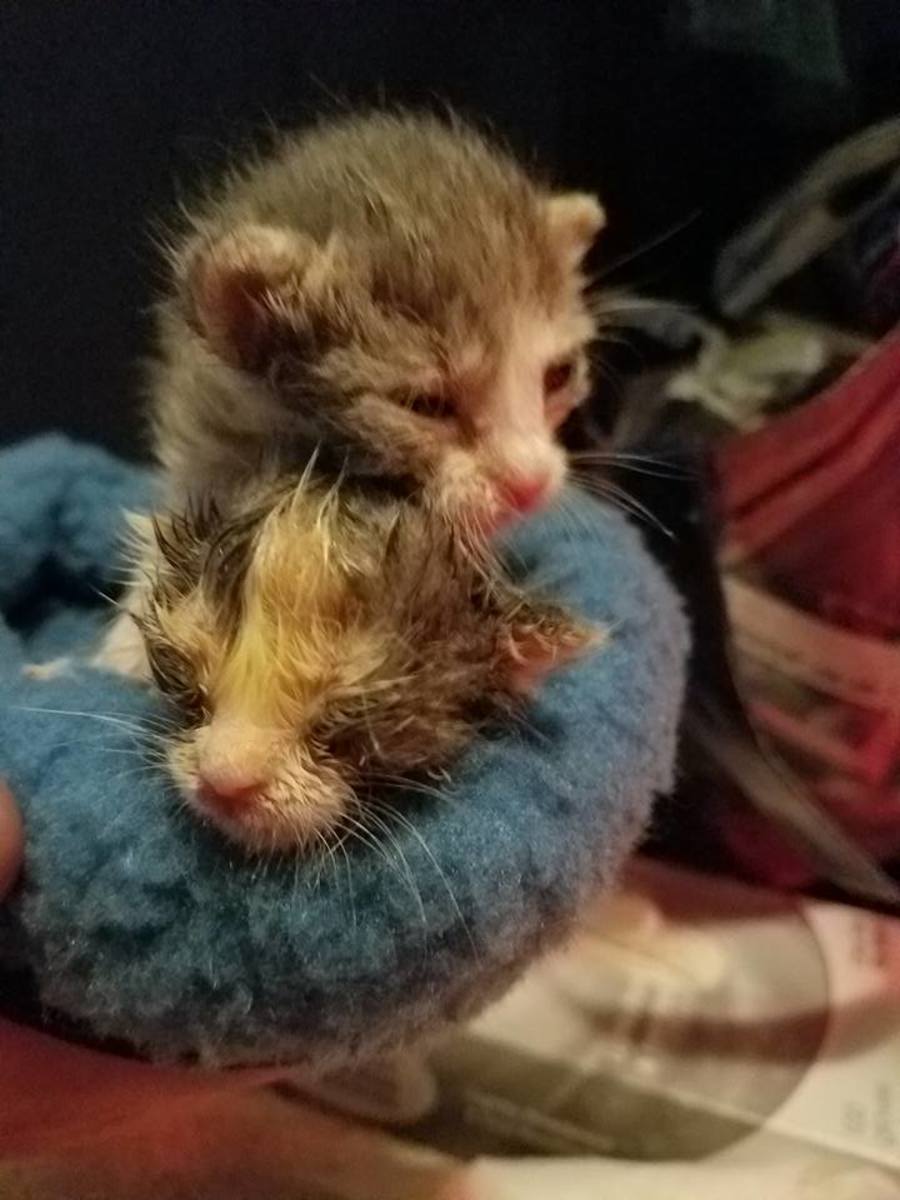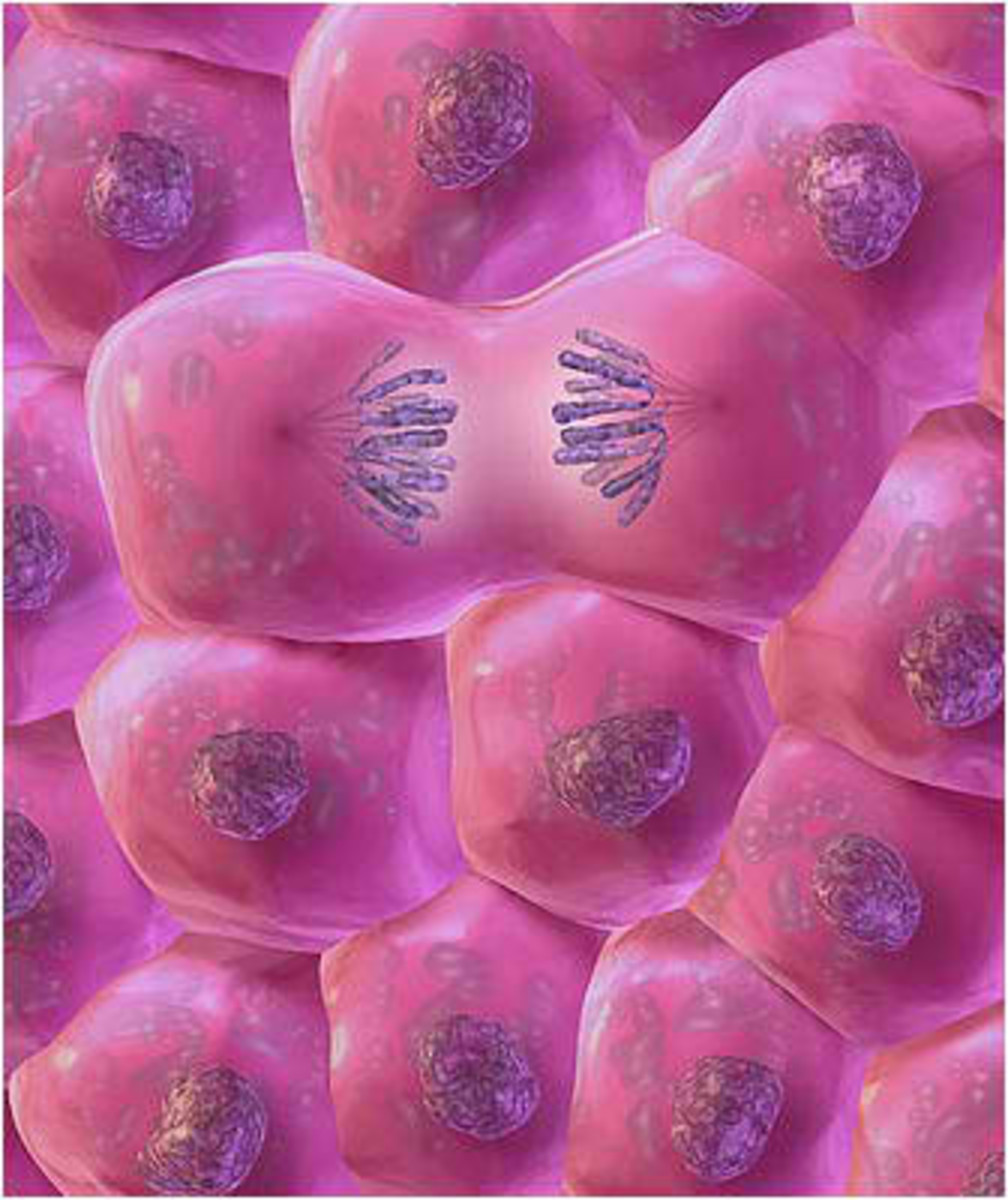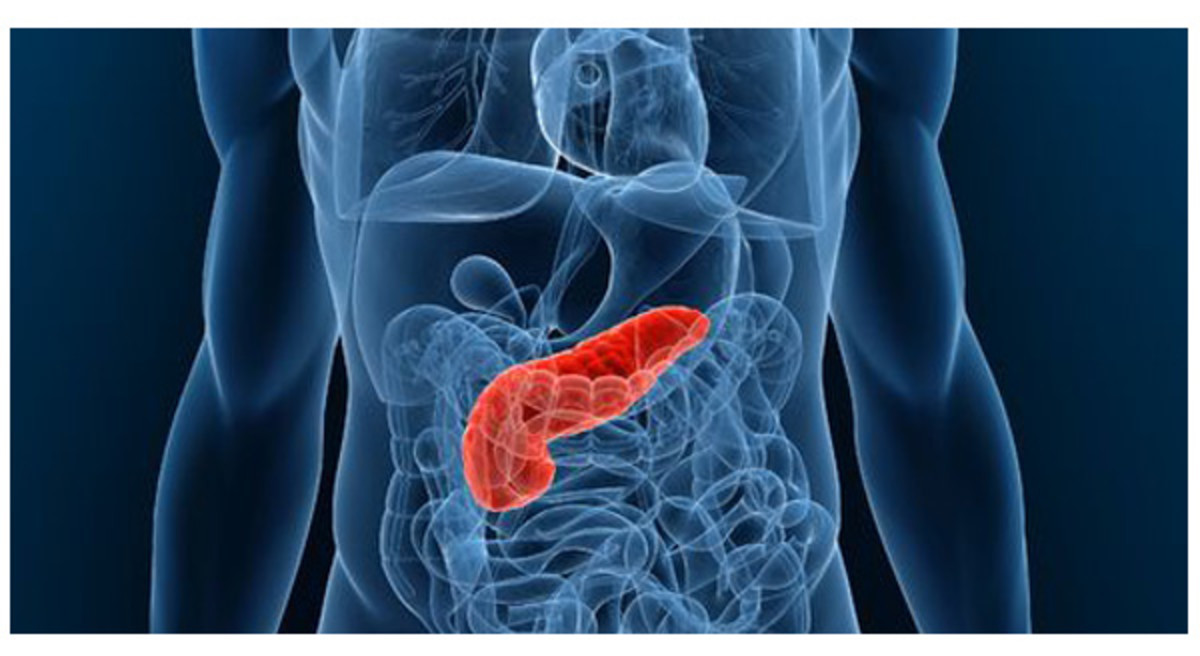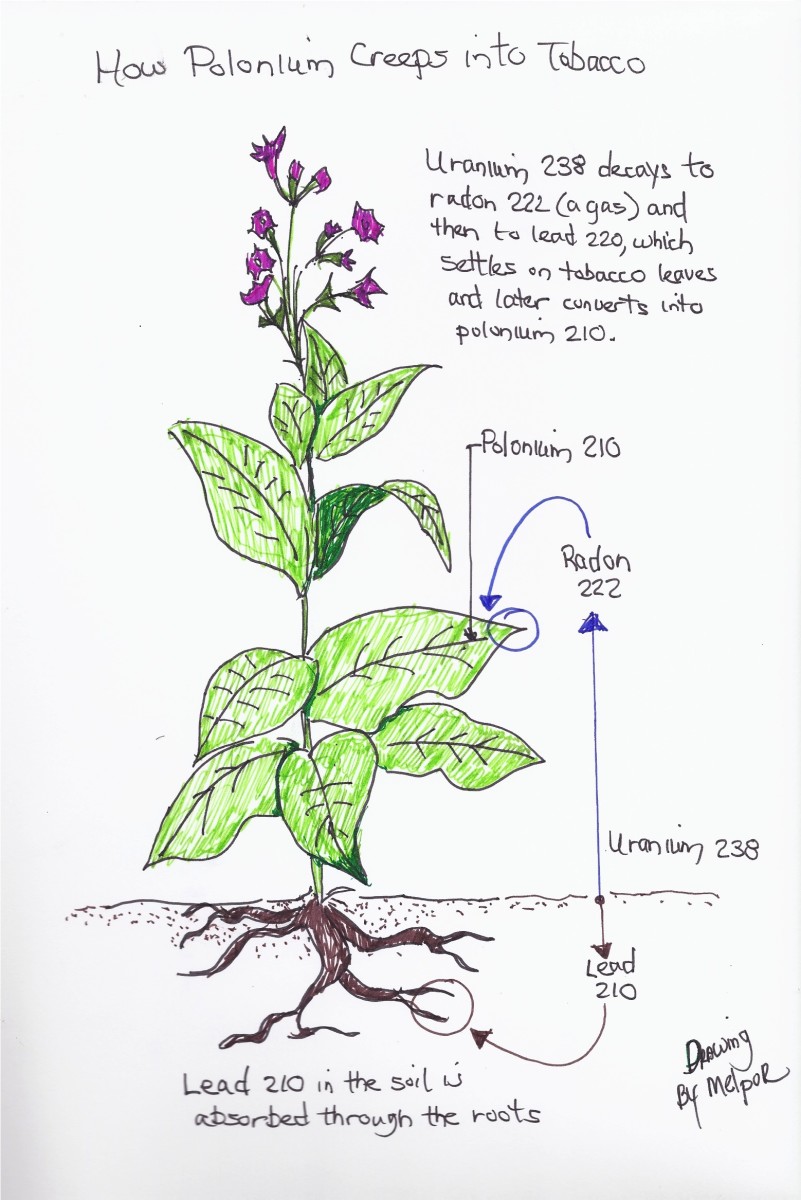New Uses of Electrical Fields for Treating Solid Tumor Cancer and Bacterial Infections
Proteins pulling cell components into alignment for cell division
How do electrical fields treat cancer?
Tumor Treating Fields (TTF) is a deceptively simple idea that has taken decades of medical research to even conceptualize. Basically, the electrical fields are not electricity as we think of it, but electricity as we might think of weak attraction. But it's more like weak gravity than magnetism. (This is explained very well in the TED video below.)
Before discussing how electrical fields can treat disease, we need to quickly review cell division. Basically, a cell splits to make an exact copy of itself in a process called mitosis. First the membrane around the cell center, the nucleus, dissolves. Then the cell chromosomes which were in the nucleus become free to line up on two sides. When they have been moved into place, two new nuclei form, and the cell divides becomes two identical cells.
The cell division process requires special proteins to complete. They form the "spindles", or threads that attach to the chromosomes, line them up properly and pull them apart (demonstrated in the cell division video above). The line-up that is necessary before the cell can split in two is totally dependent on these proteins.
But what happens if the proteins don't work correctly and the chromosomes can't line up properly to split in two?
You've just come to the basic principle of how TTF works. A weak electrical current interferes with the proteins so they don't cause the proper line-up of chromosomes. Essentially, the proteins are trying to line up everything to two opposite poles, and the TTF disrupts the proteins so this doesn't happen properly.
Instead of being able to split, the cell sits in a static condition, trying to complete the split, for hours. It then either self-destructs because it can't re-form a nucleus and can't complete the split into two cells, or it splits, but self-destructs after the split, because it didn't split properly. This self-destruction is called apoptosis, and is one of the normal methods of cell death in the body. (Faulty cells self-destruct all day long every day in our bodies, and we never notice it.) After the cells self-destruct, the immune system cleans up the debris.
The beauty of TTF is that it doesn't affect normal cells, because they are not constantly dividing. It only affects the cancer cells, which are called cancer cells because they are growing in an abnormal way by constantly splitting and making copies of themselves.
The application of TTF has very little toxicity. (The main side effect seems to be some irritation where the electrodes are taped to the patient's skin over long periods of time.) A set of electrodes is taped to the exterior of the body in an area over the tumor, and a weak alternating current is passed through the electrodes via a portable battery pack that the patient carries around.
Different electrical frequencies are used for different cancer types. The current is so weak that the patient feels nothing. Unlike chemotherapy and radiation, there is no weakness, nausea, vomiting, diarrhea, etc. So the quality of life is impressively better during treatment.
Bill Doyle explains TTF beautifully in this TED video
Where did TTF come from and how is it being tested for cancer treatment?
TTF is the brainchild of Dr. Yoram Palti, an MD in Israel who also has a PhD in physiology and biophysics. He founded of novocure, which is the company currently doing clinical trials in Europe and the U.S. on TTF. If you are interested in reading about his work, he has authored many studies, along with colleagues, which can be read on Pubmed.
TTF has been approved in Europe and the U.S. for treatment of Glioblastoma multiforme, or GBM, a brain tumor that is diagnosed in about 10,000 people per year in the U.S. GBM has always been essentially a death sentence, with a life expectancy of about 15 months, with aggressive treatment. The usual pattern has been surgery to remove the original tumor, followed by chemotherapy and radiation. The tumor then re-grows very aggressively, and the life expectancy after re-growth is recorded is about 3 months.
The TTF treatment is one that effects a tumor over a period of months, slowly causing the mass to reduce as the cells are stopped or slowed from dividing and then self-destruct. So tumor shrinkage is seen over three and six month exams.
The first TTF clinical trials had only been allowed on patients who were in the last, re-growth, phase of the brain tumor. The clinical trials criteria demanded that, among other things, the patient had at least 3 months to live. Even in this tough environment and short time frame for success, the TTF operated very well and extended the patients' lives beyond chemotherapy. It also showed a remarkable difference in their quality of life during treatment.
As of this date, July, 2012, a clinical trial on newly diagnosed GBM patients is accepting enrollment for testing TTF with chemotherapy. (If you know of anyone with newly diagnosed GBM, please share this information.)
Novocure is planning a clinical trial next on non-small cell lung cancer. If you read this after July 2012 and are looking for a clinical trial for this type of lung cancer, you might check the novocure website to see the progress of the planning.
If you'd like to see a more technical explanation of how the cell division is disrupted, go to the novocure website. If you watch that video, watching the cell action rather than trying to understand the technical terms will show you more clearly what happens in the disruption of cell division.
What types of cancer can TTF potentiallly treat?
A solid tumor is a mass that doesn't contain cysts or liquid areas within it. Examples of solid tumors would be lung, breast, lymphatic, ovarian, pancreatic or skin cancer. Leukemia is a cancer in the blood, so it's not a solid tumor.
TTF is only useful for treating solid tumors, which make up the majority of tumors. With different frequencies TTF has been shown to work on all solid tumors tested so far with the same principle, despite their genetic origin or location in the body. As long as the tumor cell uses mitosis to split into two identical tumor cells and is dependent on the proteins to line up the chromosomes, the treatment works.
12 top types of cancer estimated for 2012
Cancer Type
| Estimated New Cases
| Estimated Deaths
|
|---|---|---|
Lung (Including Bronchus)
| 226,160
| 160,340
|
Colon and Rectal (Combined)
| 143,460
| 51,690
|
Breast (Female – Male)
| 226,870 – 2,190
| 39,510 – 410
|
Pancreatic
| 43,920
| 37,390
|
Prostate
| 241,740
| 28,170
|
Leukemia (All Types)
| 47,150
| 23,540
|
Non-Hodgkin Lymphoma
| 70,130
| 18,940
|
Bladder
| 73,510
| 14,880
|
Kidney (Renal Cell) Cancer
| 59,588
| 12,484
|
Melanoma
| 76,250
| 9,180
|
Endometrial
| 47,130
| 8,010
|
Thyroid
| 56,460
| 1,780
|
According to the American Cancer Institute, these are the expected number of cases for different types of cancer and the expected death rates in 2012, sorted by estimated deaths. Note that most of them are solid tumor cancers.
How is electrical field treatment possible for bacterial infections?
A cousin of TTF, called AMFields (anti-microbial fields) is also providing some interesting studies on bacterial infections. As antibiotics are being over-used and various bacteria are adapting to them, antibiotic resistant strains are developing. We are in danger of losing the advances that antibiotics have gained in the treatment of disease. We already have antibiotic- resistant strains of TB, staph, strep, E. coli, salmonella, pseudomonas (a severe lung infection) etc.
The main danger of bacteria is not that they reside on our skin or inside of our bodies. The danger is that something goes wrong with our defenses, and the bacteria divide unchecked via mitosis. They multiply until they overwhelm the body's defenses by sheer numbers.
But what if they could be delayed or even stopped from dividing? This is another intriguing potential use of the alternating electrical field principle, but in AMFields. These fields operate exactly as the TTF fields do, except that TTF fields are 100 to 200 kHz and the AMFields are 5 to 30 MHz.
Bacteria divide at amazing rates, which defeats the immune system by the very speed of cell replication. If the cell proteins could be disrupted from aligning for a cell to split, the cells would suffer the same stagnation as they do with TTF treatment in cancer. The fields by themselves cause a major delay in some types of bacterial multiplication. The body then has a chance to fight more effectively, and antibiotics have more of a chance to work on the weakened bacteria.
The electric current is low intensity in the right frequencies, which have no known effect on human cells, but have a strong inhibitory effect on certain bacterial cells. Their lack of effect on human cells allows for deep tissue treatment.
The use of AMFields on bacteria will provide more treatment options for different types of bacterial infections. Just as TTF not only works well by itself but adds to the effectiveness of other cancer treatments, AMFields will add to the effectiveness of antibiotic treatments and the body's own immune responses by slowing bacteria's ability to multiply.






